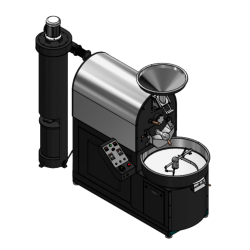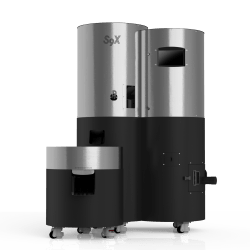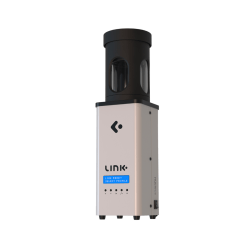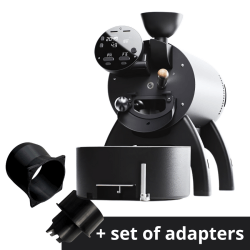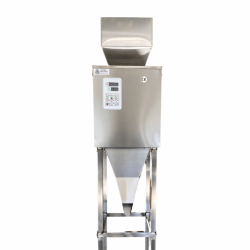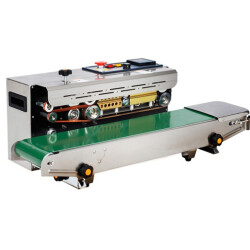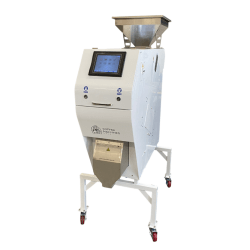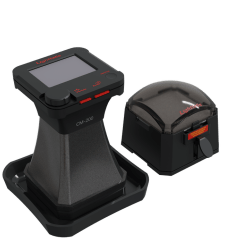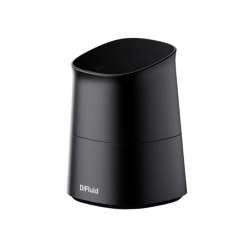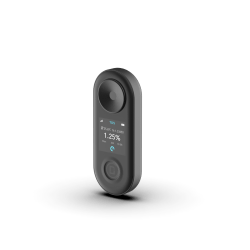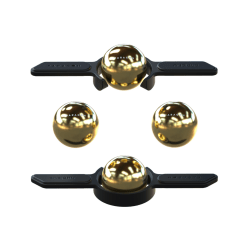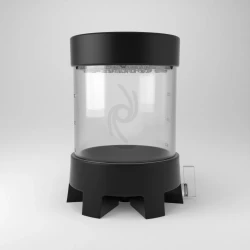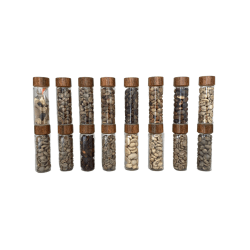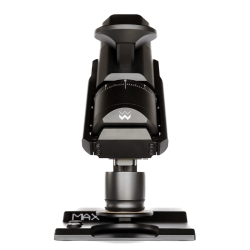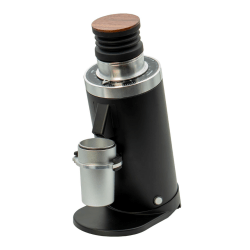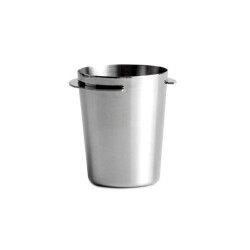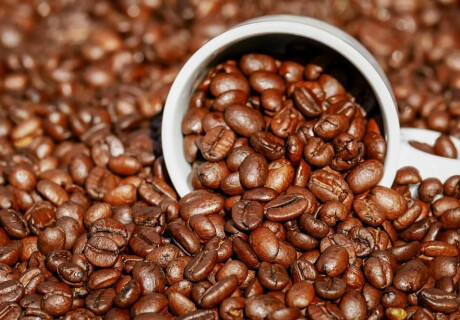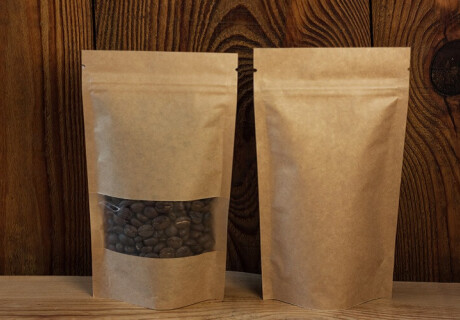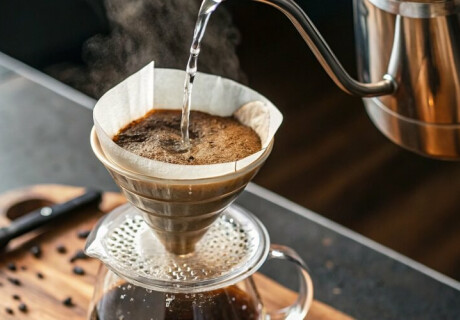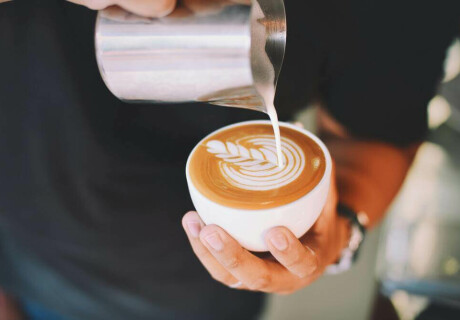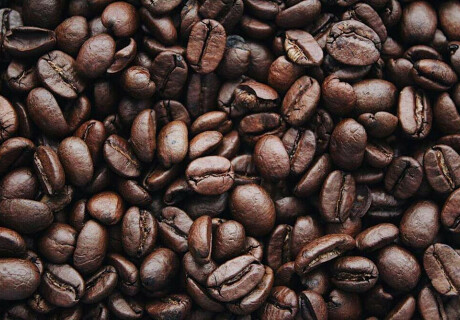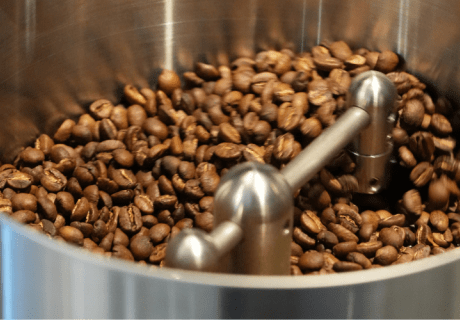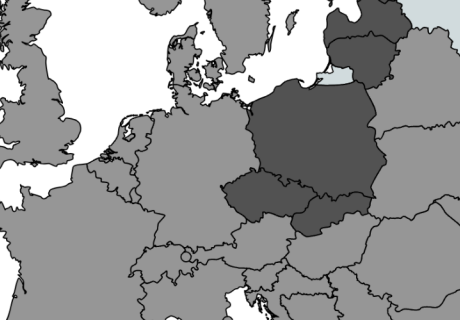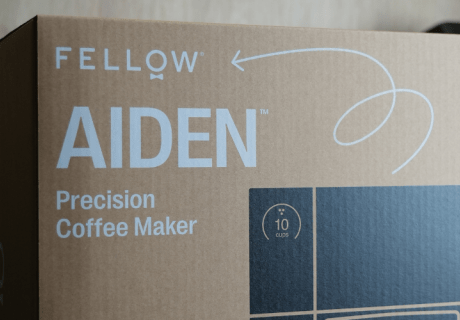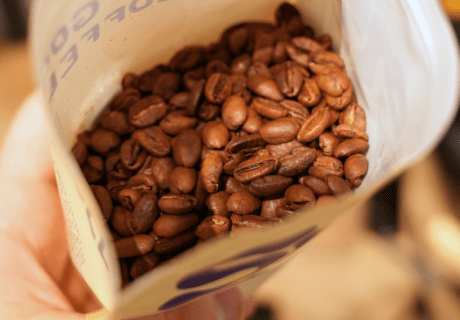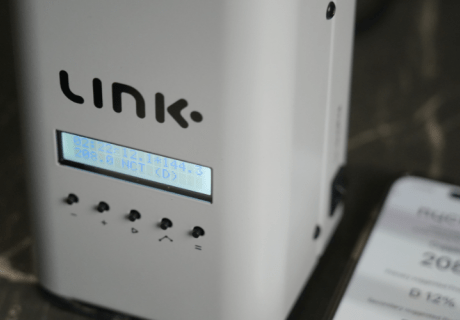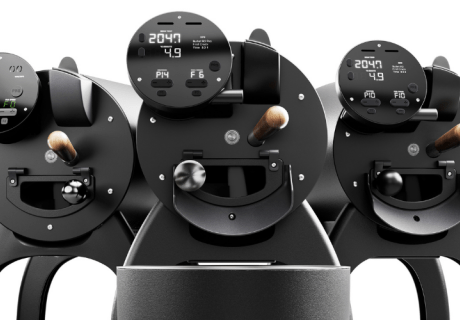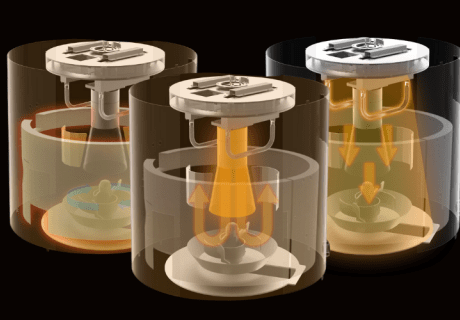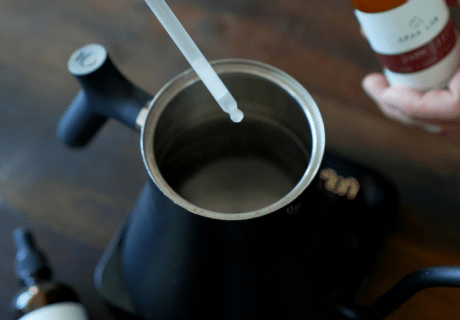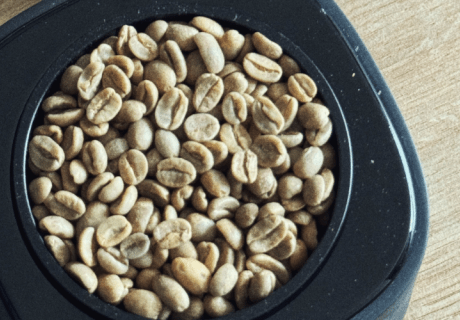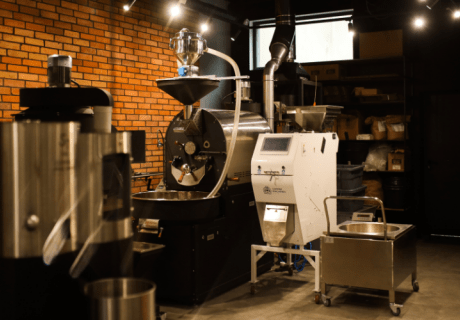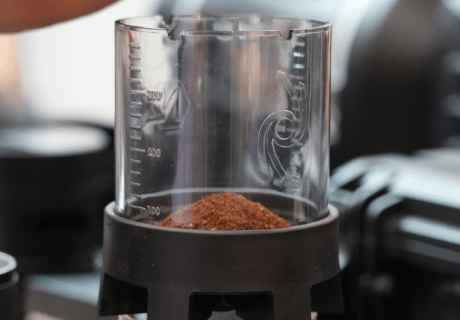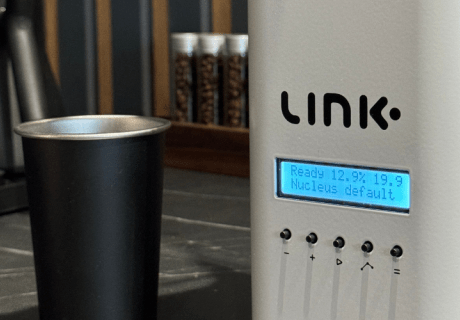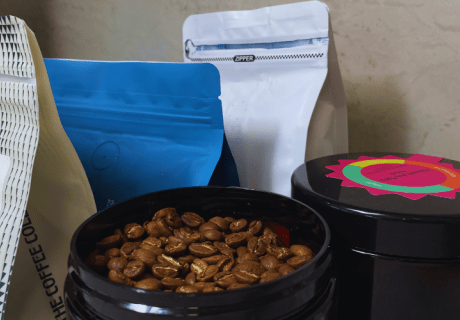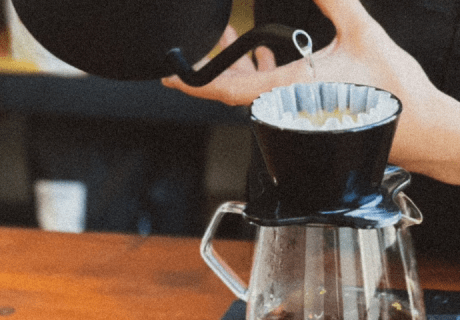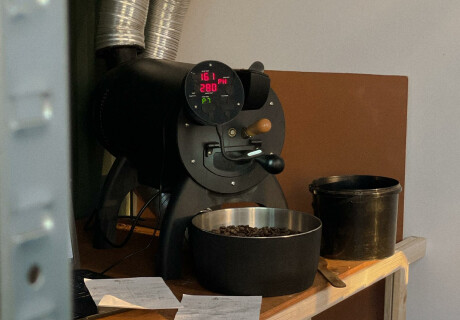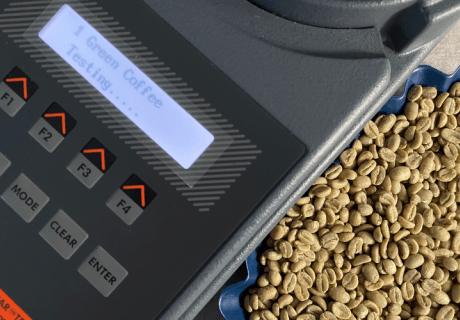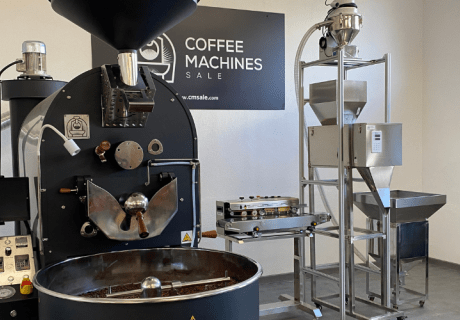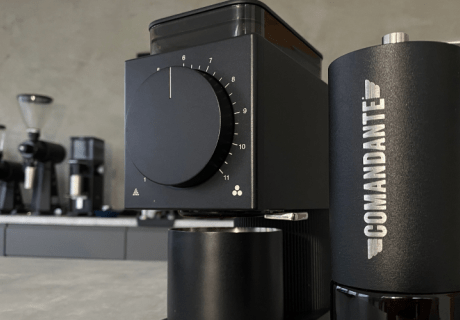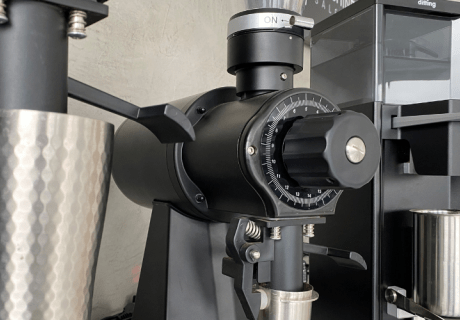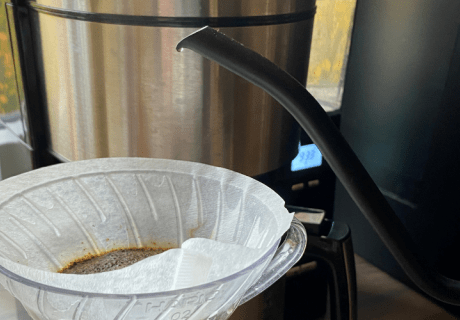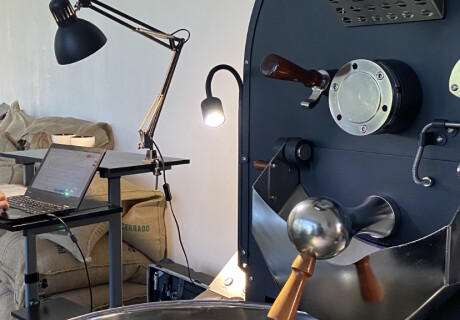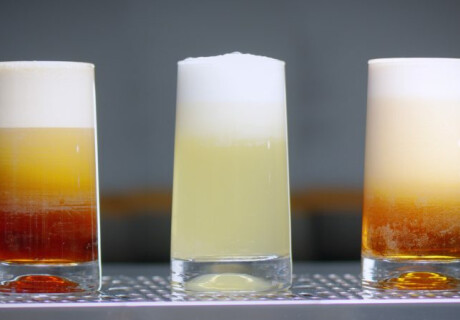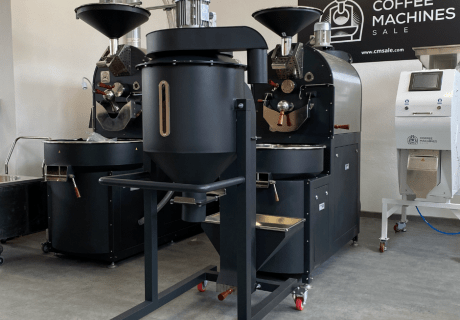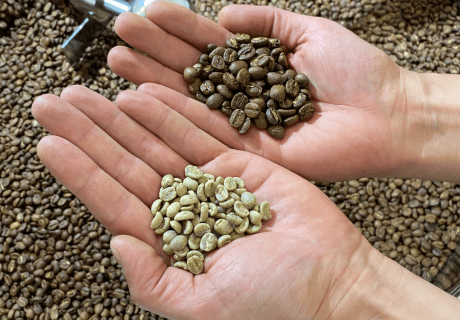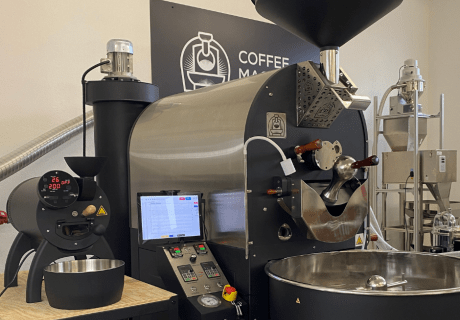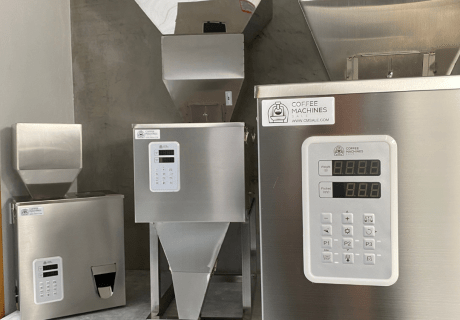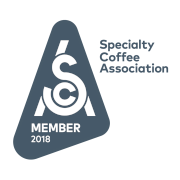Decoding Coffee Labels: What to Look for When Buying Coffee
Choosing the right bag of coffee can be tricky with so many options and confusing labels. To make it easier, understanding coffee labels is necessary. In this article, we’ll break down what to look for when buying coffee, including origin, roast levels, ethical certifications, and flavor notes. Whether you’re a casual drinker or a coffee connoisseur, this guide will help you make smarter choices and improve your coffee experience.
Understanding Coffee Labels
When trying to understand coffee labels, it's important to make an informed purchase. These labels are not just decorative; they hold significant information. One of the primary elements to pay attention to is the origin of the coffee. The region where the coffee is grown can greatly impact its flavor profile, acidity, and body. For instance, beans from Ethiopia are often floral and fruity, while those from Colombia might be more nutty and chocolaty. Knowing the origin can help you choose a coffee that aligns with your taste preferences.
Another meaningful element on coffee labels is the roast date. Freshness is essential for flavor, and if possible, you should look for coffee that was roasted within the last two months. A later roast date often means diminished flavor and aroma. Also, flavor notes are often listed on the label, offering a preview of the taste experience. These descriptors, such as "citrus" or "caramel," can guide you in selecting a coffee that meets your flavor expectations. By understanding these elements, you make sure that each cup is a delight. Use this coffee buying guide as your go-to resource for selecting the perfect beans.
The Importance of Origin
Different regions impart distinctive characteristics to the beans, influenced by climate, soil, and altitude. For example, Ethiopia, often considered the birthplace of coffee, is renowned for its bright, fruity, and floral notes, a stark contrast to the deep, rich chocolatey flavors found in beans from Colombia. The specialty coffee industry places significant emphasis on the origin, as it not only highlights the unique climate of the region but also the rich cultural and agricultural history behind each bean.
Regions like Kenya are celebrated for their vibrant acidity and complex berry flavors, while the coffees from Sumatra are known for their earthy and full-bodied nature. Central American countries such as Costa Rica and Guatemala contribute beans with a balanced profile, often featuring notes of nuts and citrus. These regional distinctions become even more noticeable in specialty coffee, where the aim is to highlight and preserve these natural flavors rather than masking them with darker roasts. By paying attention to origin on coffee labels, coffee lovers can embark on a flavorful journey around the globe, appreciating the diversity and richness that each region offers.
Interpreting Roast Labels
The roasting process deeply influences the taste and aroma of the coffee, with each roast coffee labels offering a distinct profile. Light roasts, often characterized by their light brown color and absence of oil on the bean surface, are roasted at lower temperatures. These beans retain a significant amount of their original flavors and are known for their bright acidity and vibrant notes, often highlighting the unique characteristics of the coffee's origin. Light roasts are perfect for those who appreciate a subtle, complex cup and work particularly well with manual brewing methods like pour-over, which can intensify their delicate flavors.
Medium roasts strike a balance between the coffee's original flavors and the deeper, caramelized notes from roasting. These beans are medium brown with a rounded flavor profile, offering a mix of acidity and body. Medium roasts are versatile and popular for brewing methods like drip coffee makers and espresso machines. For those seeking a fuller body without losing the coffee's natural qualities, medium roasts are a great choice. Dark roasts are roasted at higher temperatures, producing bold, smoky, or chocolatey flavors with lower acidity. They pair well with methods like French press or espresso, perfect for those who prefer a strong, intense cup. By choosing the right roast level, coffee lovers can improve their specialty coffee experience, making sure each cup matches their taste and brewing style.
Identifying Freshness Indicators
Freshness impacts the flavor, aroma, and overall quality of your brew. Coffee is at its peak flavor a few days after roasting, as the complex chemical compounds responsible for its taste and aroma begin to degrade over time. To ensure you're getting the most out of your beans, paying close attention to freshness indicators on coffee labels is very important. One of the most reliable indicators of freshness is the roast date. Unlike expiration dates, which can be misleading due to their extended timelines, the roast date provides a clear insight into how recently the coffee was roasted. You should look for beans that were roasted within the last two months, as this timeframe allows the coffee to off-gas excess carbon dioxide while maintaining vibrant flavors.
When shopping for coffee, prefer brands that prominently display the roast date rather than those relying solely on "best by" dates. This practice empowers consumers to make informed decisions and select coffee that aligns with their freshness preferences. Freshly roasted coffee boasts a more pronounced aroma and a lively flavor profile, offering a delightful sensory experience with every sip. Emphasizing freshness not only elevates your coffee experience but also supports quality-focused producers who take pride in their craft. By following this approach, coffee enthusiasts can deepen their appreciation for the subtle artistry in every cup, ensuring each brew is a celebration of the rich flavors and aromas that freshly roasted coffee promises. A solid coffee buying guide can help you spot the freshest options, making every cup a true delight.
Understanding Flavor Notes
Coffee Labels, often found on the packaging of specialty coffee, serve as a preview of the sensory journey that awaits. Understanding these notes is like reading a map that guides you to the flavors you most enjoy. For instance, if you prefer a brighter, more vibrant coffee, look for labels that mention citrus, fruit, or floral notes. These are typically associated with light roasts or coffees from regions like Ethiopia or Kenya, which are renowned for their complex acidity and lively flavor profiles.
If you favor a richer, more robust cup, seek out coffee labels that feature descriptions like chocolate, nutty, or caramel. These notes are often indicative of medium to dark roasts or coffees from Colombia or Central America, known for their balanced body and comforting depth. By perfecting your ability to decode these descriptors, you not only improve your appreciation of specialty coffee but also cultivate a more satisfying and personalized coffee journey. As you become more adept at interpreting these notes, you'll find that your coffee buying decisions become more intentional and rewarding.

